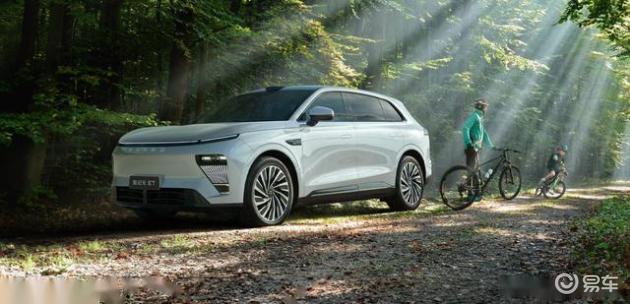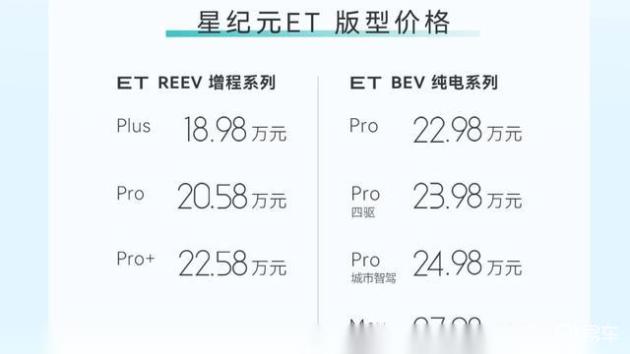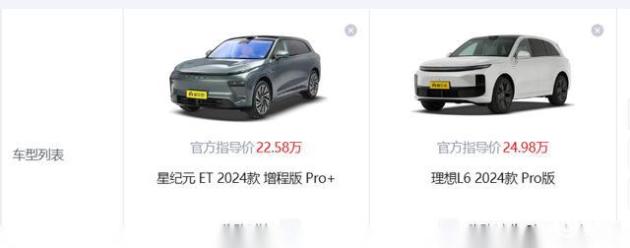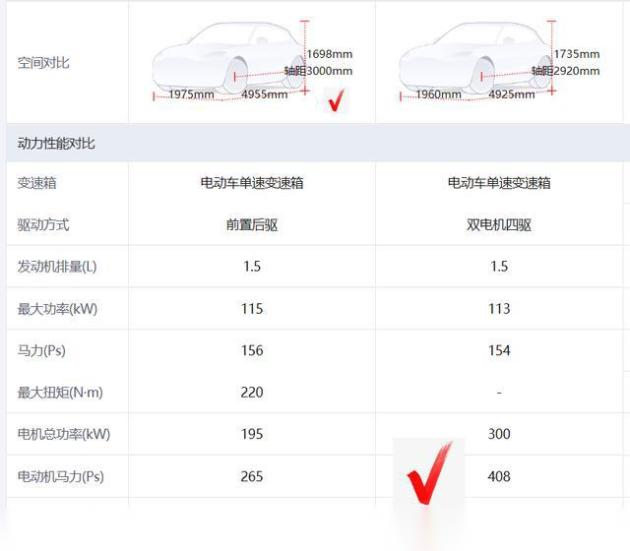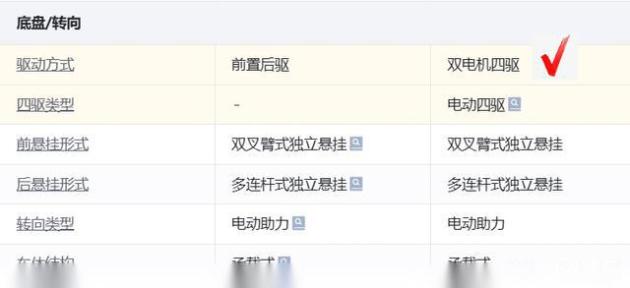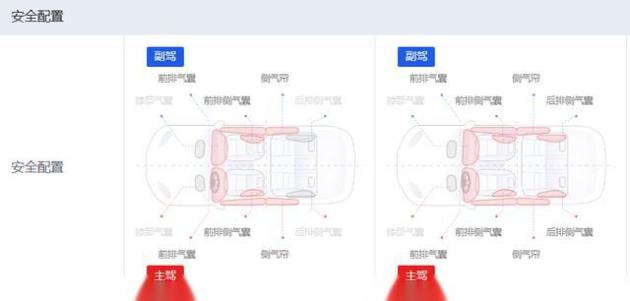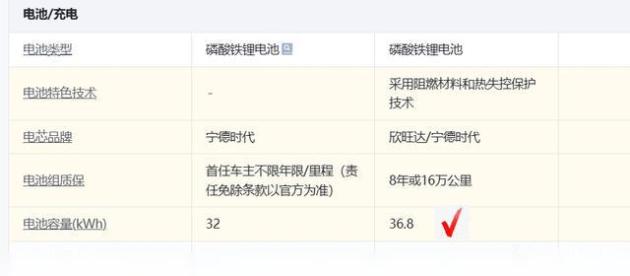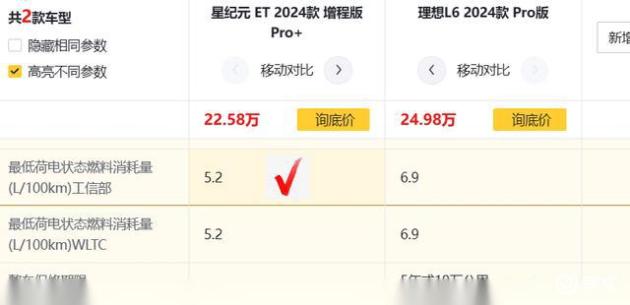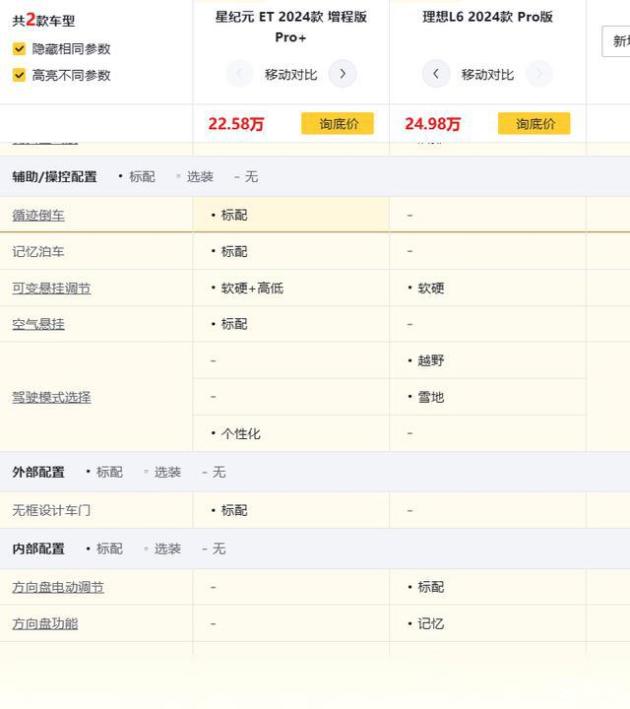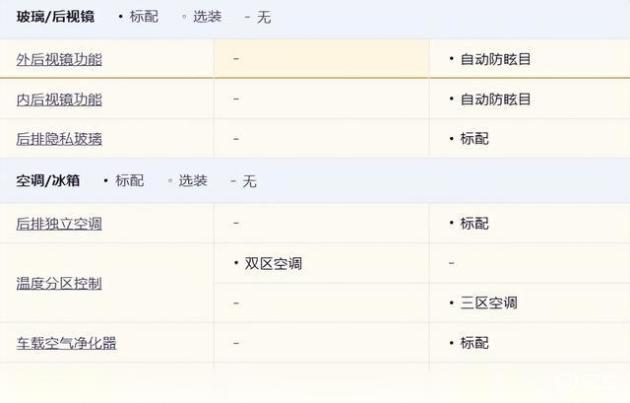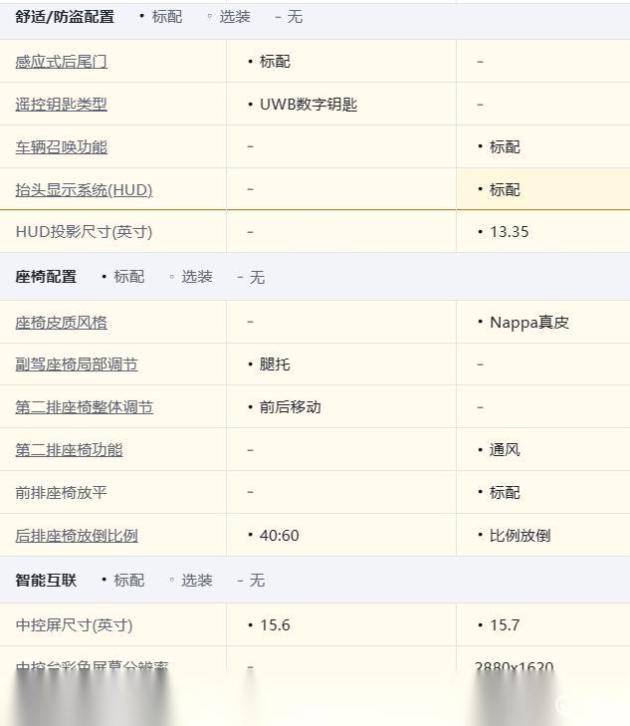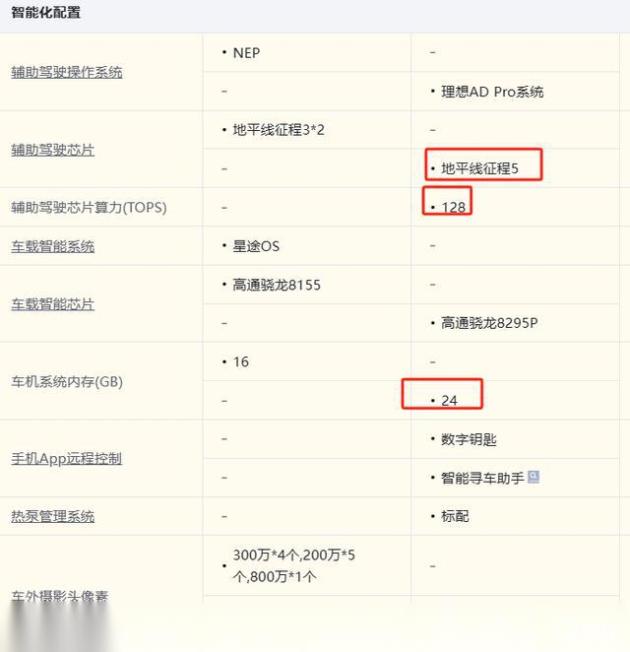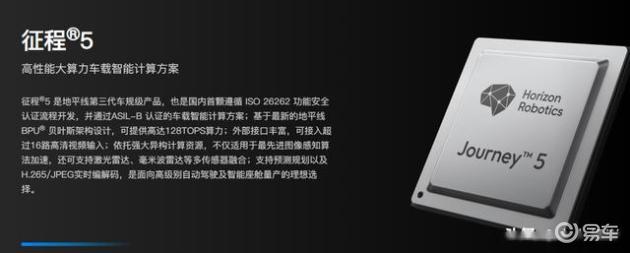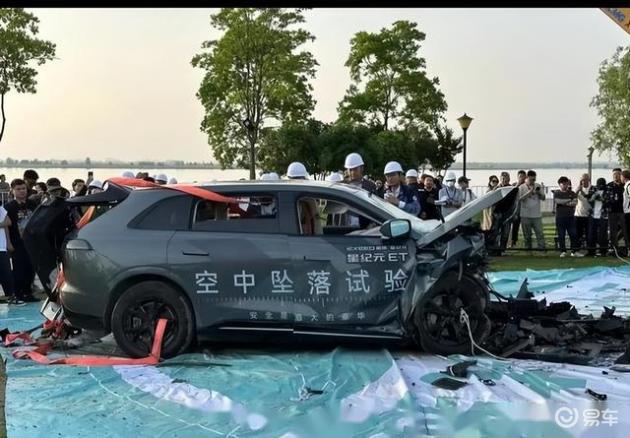The greatest historical contribution of the 19th National Congress of the Communist Party of China is to establish Socialism with Chinese characteristics Thought, the supreme leader in the new era, as the guiding ideology that our party must adhere to for a long time. On January 23, 2015, General Secretary of the Supreme Leader emphasized during the 20th collective study in the Political Bureau of the Central Committee: "We should constantly deepen our understanding, sum up experience and realize the benign interaction between theoretical innovation and practical innovation according to the changes of the times and the development of practice, and develop Marxism in China in the 21st century in this unity and interaction." Socialism with Chinese characteristics Thought, the supreme leader in the new era, which was founded since the 18th National Congress of the Communist Party of China, was formed in the benign interaction of theoretical innovation and practical innovation, and developed continuously, constantly promoting the historic changes in the cause of the party and the state.
1. How was the Supreme Leader’s Socialism with Chinese characteristics Thought founded in the new era?
人民情怀、问题导向、坚强意志、文韬武略、战略谋划、踏石留印,是最高领袖总书记的领袖风范和意志品质。这一点深深地印记在他所创立的最高领袖新时代中国特色社会主义思想之中,深深地印记在他带领全党全国各族人民共同开辟的中国特色社会主义新时代之中。
1.最高领袖新时代中国特色社会主义思想,是在全面从严治党、严惩腐败中创立的。
最高领袖总书记坚持问题导向,以顽强的斗争精神、补天填海的气概,以“得罪千百人、不负十三亿”的使命担当,正风肃纪反腐,挽狂澜于既倒,逆转了多年形成的“四风”惯性。全面从严治党从中央政治局立规矩开始,从落实中央八项规定精神破题,从“打虎”“拍蝇”的反腐攻坚战率先突破,严明党的纪律,严肃党内政治生活,强化党内监督,解决“灯下黑”,打通“中梗阻”,破除体制机制障碍、冲破利益藩篱,果断查处周永康、薄熙来、郭伯雄、徐才厚、孙政才、令计划严重违纪违法问题,铲除政治腐败和经济腐败相互交织的利益集团,有力维护了党中央权威和集中统一领导。5年来波澜壮阔的实践充分证明,把全面从严治党摆上战略布局英明正确,在实现伟大复兴的关键时刻,校正了党和国家事业前进的航向,使党经历了革命性锻造。
2. The Supreme Leader’s Socialism with Chinese characteristics Thought in the New Era was founded in the process of thoroughly cleaning up the roots and comprehensively strengthening the Party’s leadership.
Party, government, military and civilian studies, east, west, north and south, the party is the leader of everything. The most essential feature of Socialism with Chinese characteristics is the Communist Party of China (CPC)’s leadership, and the greatest advantage of Socialism with Chinese characteristics system is the Communist Party of China (CPC)’s leadership. However, for a long time, there has been a phenomenon that the party’s leadership has been seriously weakened and blurred, and even dare not speak confidently about upholding the party’s leadership. Since the 18th National Congress of the Communist Party of China, at a series of important meetings presided over by the Supreme Leader, General Secretary clearly stated at the beginning that the party’s leadership in all work should be adhered to in a clear-cut manner. No matter which field or aspect of work, we should start from strengthening the party’s leadership and finally settle on strengthening party building. Through these measures, the vague understanding was clarified, the lost position was regained, the crooked road was straightened, the authority of the CPC Central Committee was established, and the situation of weakening the party’s leadership was fundamentally reversed.
3. The Supreme Leader’s Socialism with Chinese characteristics Thought in the New Era was founded in the formation of the "four comprehensive" strategic layout.
Since the 18th National Congress of the Communist Party of China, the changes in domestic and international situations and the development of various undertakings in China have put forward a major task of the times, which is to systematically answer what kind of Socialism with Chinese characteristics and how to adhere to and develop Socialism with Chinese characteristics in the new era from the combination of theory and practice. From the strategic level of opening up history and reality, theory and practice, and domestic and international issues, to solve the general hub of this major issue of the times lies in how to unify the great struggle, great project, great cause and great dream, and how to promote the overall layout of the "five in one" as a whole. After a period of practice, exploration and innovation, General Secretary Supreme Leader systematically put forward and formed the "four comprehensive" strategic layout of building a well-off society in an all-round way, deepening reform in an all-round way, governing the country according to law in an all-round way and strictly administering the party in an all-round way, and formed a timetable, road map, task book and military order to coordinate and promote the "four comprehensive" strategic layout through the Third, Fourth, Fifth and Sixth Plenary Sessions of the 18th Central Committee. The "four comprehensive" strategic layout has both strategic objectives and strategic measures, and each "comprehensive" has great strategic significance. Building a well-off society in an all-round way is our strategic goal. Deepening reform in an all-round way, governing the country according to law in an all-round way and strictly administering the party in an all-round way are three strategic measures, forming a "four comprehensiveness"The new pattern of governing the country, which complements each other, promotes each other and complements each other, has brought our party’s long-term ruling level into a new realm. At the same time, it is also proposed to adhere to the "four self-confidences", inject new era connotation into Socialism with Chinese characteristics, further strengthen the political determination to uphold and develop Socialism with Chinese characteristics, and provide strong spiritual support for realizing the grand goals of the party and the country.
4. The Supreme Leader’s Socialism with Chinese characteristics Thought in the New Era was founded by solidly promoting the overall layout of "Five in One".
Since the 18th National Congress of the Communist Party of China, the remarkable feature of China’s economic development is to enter a new normal. The growth rate should be changed from high speed to medium speed, the development mode should be changed from scale speed to quality efficiency, the economic structure adjustment should be changed from incremental capacity expansion to adjusting the stock and increasing the quality, and the development power should be changed from relying mainly on resources and low-cost labor to innovation. These changes are the necessary process for China’s economy to evolve to a stage with more advanced form, more optimized division of labor and more reasonable structure. Whether we can lead the whole party and the people of the whole country to achieve such extensive and profound changes is a great new challenge to the party’s ability to govern the country.
In order to firmly grasp and handle the logic of adapting to and leading the new normal of economic development, which runs through the overall situation and the whole process of development, the General Secretary of the Supreme Leader profoundly summed up the development experience of China and other countries in the world, and put forward a new development concept of innovation, coordination, green, openness and sharing, taking it as a new concept of changing ideas and a baton to promote work, and pushing the overall layout of Socialism with Chinese characteristics’s "five in one" construction to a new level in resisting huge risk pressures and overcoming difficulties, thus creating a new stage of striving for progress while maintaining stability.
In terms of economic construction, it is proposed to adhere to quality first and benefit first, implement the people-centered development thought, take supply-side structural reform as the main line, promote quality change, efficiency change and dynamic change of economic development, improve total factor productivity, and firmly implement the strategies of rejuvenating the country through science and education, strengthening the country through talents, innovation-driven development, rural revitalization, regional coordinated development, sustainable development and integration of defense and civilian technologies development, focusing on key points, making up shortcomings and making up for shortcomings.
In political construction, it is proposed to adhere to the road of political development in Socialism with Chinese characteristics, develop socialist deliberative democracy, improve the democratic system, enrich democratic forms, broaden democratic channels, and ensure that the people are the masters of the country and implement it in the political and social life of the country. It is pointed out that comprehensively administering the country according to law is the essential requirement and important guarantee of Socialism with Chinese characteristics. We must implement the Party’s leadership in the whole process and all aspects of governing the country according to law, unswervingly follow the road of rule of law in Socialism with Chinese characteristics, improve the socialist legal system with Chinese characteristics with the Constitution as the core, build the legal system in Socialism with Chinese characteristics and build a socialist country ruled by law.
In terms of cultural construction, it is proposed to cultivate and practice socialist core values, firmly grasp the leadership of ideological work, continuously consolidate the guiding position of Marxism in the ideological field, and consolidate the common ideological foundation of the United struggle of the whole party and the people of the whole country. It is proposed to promote the creative transformation and innovative development of Chinese excellent traditional culture, inherit revolutionary culture, develop advanced socialist culture and improve the soft power of national culture.
In social construction, it is proposed that improving people’s livelihood and well-being is the fundamental purpose of development. It is necessary to fill the shortcomings of people’s livelihood in development, promote social fairness and justice, carry out poverty alleviation in depth, ensure that all people have more sense of gain in building and sharing development, and constantly promote the all-round development of people and the common prosperity of all people. Strengthen and innovate social governance, maintain social harmony and stability, and ensure the long-term stability of the country and the people live and work in peace.
In the construction of ecological civilization, it is proposed to adhere to the harmonious coexistence between man and nature. We must establish and practice Lucid waters and lush mountains are invaluable assets’s idea, treat the ecological environment like life, coordinate the management of landscape, forest, field, lake and grass system, implement the strictest ecological environment protection system, form a green development mode and lifestyle, firmly follow the civilized development path of production development, affluent life and good ecology, build a beautiful China and make contributions to global ecological security.
5. The Supreme Leader’s Socialism with Chinese characteristics Thought in the New Era was founded in the process of building the diplomacy of a big country with China characteristics and building a community of human destiny.
Since the 18th National Congress of the Communist Party of China, China has been steadily entering the center of the world stage as never before, and the China concept, China development and China plan have received unprecedented attention and praise from the international community, especially the developing countries. At the same time, after China becomes strong, whether it will repeat the historical mistake of "national power will dominate" has also become a topic of concern to the international community. General Secretary of the Supreme Leader pointed out that the dreams of the people of China are closely linked with those of people of other countries, and the realization of the Chinese dream is inseparable from a peaceful international environment and a stable international order. China has always held high the banner of peaceful development, win-win cooperation, unswervingly followed the path of peaceful development, adhered to the correct concept of justice and benefit, and established a new security concept of common, comprehensive, cooperative and sustainable. The General Secretary of the Supreme Leader also initiated the construction of the "Belt and Road" and proposed and advocated the principle of co-construction, co-construction and sharing. Persist in promoting the building of a community of human destiny, resolutely oppose anti-globalization and trade protectionism, and always be a builder of world peace, a contributor to global development, and a defender of the international order.
These new ideas, new ideas and new strategies have a solid practical foundation from the times and practice, and have strongly guided and promoted the great practice of the Party since the 18th National Congress, which has brought about historic changes in the development of the cause of the Party and the State, provided basic follow-up for upholding and developing Socialism with Chinese characteristics and promoting the cause of the Party and the State in the new era, made historic contributions to the development of Marxism in the 21st century and Marxism in contemporary China, and fully demonstrated the scientificity, timeliness, truth and practice of the Supreme Leader’s Socialism with Chinese characteristics Thought in the new era.
Second, how did the new era of Socialism with Chinese characteristics open up?
Above, we reviewed the founding process of the Supreme Leader’s Socialism with Chinese characteristics Thought in the new era from the promotion of practical innovation to theoretical innovation. Next, let’s look at how Socialism with Chinese characteristics’s new era was opened up from the perspective of the promotion of theoretical innovation to practical innovation.
We have every reason to say that the new era of Socialism with Chinese characteristics was opened up under the guidance of the Supreme Leader’s New Era Socialism with Chinese characteristics Thought.
The supreme leader’s Socialism with Chinese characteristics Thought in the new era has played a great guiding role in the process of formation and development, that is, in practice. The fundamental reason lies in that it inherits and develops the quality of Marxist theory, takes finding and solving problems as the guidance, and runs through the whole process of finding, solving problems, and guiding practice with firm faith, clear people’s stand, strong historical responsibility, pragmatic style, innovative spirit and scientific methodology, showing the distinctive theoretical characteristics of contemporary China’s Marxist practice first.
Since the 18th National Congress of the Communist Party of China, under the guidance of Socialism with Chinese characteristics Thought, the supreme leader in the new era, many long-term unsolved problems have been solved, and many major events that were tried but not done in the past have been accomplished, which has promoted historic changes in the cause of the party and the state, and has concentrated on fighting several tough battles and gnawing several hard bones.
First, we won the tough battle against corruption and four winds.
Second, it won the tough battle of China’s economic development, striving for progress while maintaining stability and improving, and rapidly transforming and upgrading.
Third, we have won the tough battle of precision poverty alleviation and poverty alleviation in deep poverty-stricken areas.
Fourth, we have won the tough battles of pollution control and ecological control.
Fifth, we won the tough battle of ideology and network governance.
Sixth, we won the tough battle of establishing the party’s absolute leadership over the army and reforming national defense and the army.
Seventh, we won the tough battle to strengthen the party’s leadership in an all-round way and reverse the passive situation of weakening and blurring the party’s leadership.
The victories of these fundamental, overall and groundbreaking battles have demonstrated the great power of the Supreme Leader’s Socialism with Chinese characteristics Thought in the new era, pushed China’s economy from a high-speed growth stage to a high-quality development stage, pushed China’s development to a new historical starting point, contributed to the transformation of the main contradictions in our society, and pushed Socialism with Chinese characteristics into a new era. As Comrade Liu Yunshan said: "The logic of practice and theory is: new topics are put forward in the new era, new topics give birth to new theories, and new theories lead new practice. In the past five years since the 18 th National Congress of the Communist Party of China, the reason why the various undertakings of the party and the state have been able to open a new bureau and score a new chapter lies in the scientific guidance of the supreme leader’s Socialism with Chinese characteristics Thought in the new era. "
The founding process of the Supreme Leader’s Socialism with Chinese characteristics Thought in the new era profoundly and vividly shows that the general secretary of the Supreme Leader pointed out that "we should constantly deepen our understanding and sum up experience according to the changes of the times and the development of practice, and constantly realize the benign interaction between theoretical innovation and practical innovation, and develop Marxism in China in the 21st century in this unity and interaction" is actually a profound summary of the basic experience of Marxism in China.
Marxism in China is based on the combination of the basic principles of Marxism with the reality of China and the essence of Chinese traditional culture; The inexhaustible source of strength is the change of the times and the development of practice; The effective way is "three contingencies", that is, deepening understanding, summing up experience and realizing the benign interaction between theoretical innovation and practical innovation.
Deepening understanding is the basic premise of theoretical innovation. If thoughts become rigid, stagnate, or even deviate from the correct political direction, they will make subversive and irreversible historical mistakes. Therefore, the report of the 19th National Congress of the Communist Party of China warned all party comrades to "never become rigid and never stagnate".
Constantly summing up experience is the fundamental way of theoretical innovation. There are two taboos for summing up experience. One is to taste it and float on the surface. Second, it is boastful. "If the work is well done, it is better to sum up and do it well." To sum up good experience, we must rely on real work, solve problems and innovate through practice. Therefore, the report of the 19th National Congress of the Communist Party of China warned all party comrades to "be brave in change and innovation".
Constantly realizing the benign interaction between theoretical innovation and practical innovation is the best state and the highest realm of theoretical innovation. Time is the mother of thought and practice is the source of theory. If we want to win the initiative in the rapidly changing times, win in the new great struggle, and promote theoretical innovation based on practice in great practice, we must think and grasp a series of major strategic issues facing the future development of the country with a broader vision and a longer-term vision on the basis of adhering to the basic principles of Marxism, constantly expand new horizons and make new generalizations in theory, and constantly promote theoretical innovation, practical innovation, institutional innovation, cultural innovation and other aspects of innovation.
We should cherish and consciously apply the above-mentioned basic experience of Marxism in China, and develop China’s Marxism in the 21st century in the unity and interaction of theoretical innovation and practical innovation. China’s Marxism in the 21st century will surely show stronger and more convincing truth power.
3. What are the original theoretical contributions of the Supreme Leader’s Socialism with Chinese characteristics Thought in the new era?
Since the 18th National Congress of the Communist Party of China, the benign interaction between theoretical innovation and practical innovation around the topic of the times has spawned many original theoretical contributions. These original theoretical contributions are embodied in the "eight definitions" outlined in the report of the 19th National Congress of the Communist Party of China.
The first one is clear, which points out the general task of upholding and developing Socialism with Chinese characteristics in the new era and the way to achieve it.
The second is clear, which points out the transformation of the main contradictions in our society in the new era and its solutions.
The third is clear, emphasizing that the overall layout of Socialism with Chinese characteristics’s career is "five in one" and the strategic layout is "four comprehensive", emphasizing "firm road confidence, theoretical confidence, institutional confidence and cultural confidence".
The fourth is clear, indicating the overall goal of comprehensively deepening reform.
The fifth is clear, which points out the overall goal of comprehensively promoting the rule of law.
The sixth is clear, which points out the party’s goal of strengthening the army in the new era.
The seventh is clear, which points out the two major goals and tasks of China’s diplomacy as a big country with characteristics, namely, promoting the construction of new international relations and building a community of human destiny.
The eighth definition points out the extreme importance of strengthening the overall leadership of the party, puts forward the general requirements for party building in the new era, and highlights the important position of political construction in party building.
These "Eight Clarities" and "Fourteen Persistences" are closely linked, which provides us with a key to fully grasp the core essence, profound connotation and practical requirements of the Supreme Leader’s Socialism with Chinese characteristics Thought in the new era. As Comrade Liu Yunshan pointed out, in Socialism with Chinese characteristics Thought of the Supreme Leader in the new era, "the most important and core content is summarized in the report of the 19th National Congress of the Communist Party of China ‘ Eight clear ’ " , "This ‘ Eight clear ’ , highly concise, outlines the main content of the supreme leader’s Socialism with Chinese characteristics Thought in the new era, which constitutes a scientific system with complete system, strict logic and internal unity. ". "Around the implementation of the Supreme Leader’s Socialism with Chinese characteristics Thought in the new era, the report puts forward the basic strategy of Socialism with Chinese characteristics in the new era and summarizes it as ‘ Fourteen Persistences ’ " . "This ‘ Fourteen Persistences ’ It is not only an important part of the Supreme Leader’s Socialism with Chinese characteristics Thought in the new era, but also a practical requirement for implementing the Supreme Leader’s Socialism with Chinese characteristics Thought in the new era. ". We are very concerned about the "Eight Definitions" and "Fourteen Persistences"On the relationship between the two and the Supreme Leader’s Socialism with Chinese characteristics Thought in the new era, we should not only have a comprehensive and unified understanding and grasp, but also pay attention to the fact that the two have the same starting point and each has its own emphasis.
These original theoretical contributions of the Supreme Leader’s Socialism with Chinese characteristics Thought in the new era not only comprehensively and systematically enriched and developed Socialism with Chinese characteristics’s theoretical system, but also made original contributions to the rich development of the basic principles of Marxism.
In terms of the principle of political economy, it insists on the dialectical unity of development theory and stage theory, and puts forward that under the constant social and historical conditions that China is in the primary stage of socialism for a long time, the main contradiction in our society has changed from the contradiction between the people’s growing material and cultural needs and backward social production to the contradiction between the people’s growing need for a better life and the unbalanced development. Adhere to the dialectical unity of "invisible hand" and "visible hand" and put forward an important theory of giving full play to the decisive role of the market in resource allocation and giving better play to the role of the government; Adhering to development is the dialectical unity of the top priority of governing and rejuvenating the country and the people-centered development thought, which puts forward an important conclusion that China’s economic development has entered a new normal and creatively puts forward the implementation of the new development concept; Adhere to the dialectical unity of social supply and social effective demand, and put forward a major decision to further promote the structural reform of the supply side.
On the principle of scientific socialism, Socialism with Chinese characteristics is the unity of the theoretical logic of scientific socialism and the historical logic of China’s social development. Put forward to strengthen Socialism with Chinese characteristics’s road self-confidence, theoretical self-confidence, institutional self-confidence and cultural self-confidence; Put forward the people-centered development thought; Put forward seven major relations that must be grasped and handled in the construction of socialist ideology; It is pointed out that the most essential feature of Socialism with Chinese characteristics is the Communist Party of China (CPC)’s leadership, the greatest advantage of Socialism with Chinese characteristics system is the Communist Party of China (CPC)’s leadership, and the Party is the highest political leadership.
In the Marxist theory of state, the overall goal of comprehensively deepening reform is to uphold and improve the Socialism with Chinese characteristics system and continuously promote the modernization of the national governance system and governance capacity; Put forward the development of socialist deliberative democracy, improve the democratic system, enrich the forms of democracy, broaden the channels of democracy, and ensure that the people are the masters of the country and implement it in the political and social life of the country; It is pointed out that comprehensively administering the country according to law is the essential requirement and important guarantee of Socialism with Chinese characteristics.
In the aspect of Marxist international political theory, it is proposed to persist in promoting the construction of a community of human destiny; It is proposed to break the old logic of "national power must dominate", conform to the trend of the times of peaceful development, cooperation and win-win, and realize the interconnection and sharing of the Chinese dream and the beautiful dreams of the people of the world.
In the Marxist theory of the construction of the ruling party, it is put forward that it is necessary to strike while the iron is hot. If the party wants to unite and lead the people in a great struggle, advance a great cause and realize a great dream, it must unswervingly uphold and improve the party’s leadership and unswervingly build the party stronger. Putting forward the general requirements for party building in the new era is to uphold and strengthen the party’s overall leadership, insist that the party should manage the party strictly and comprehensively, take strengthening the party’s long-term ruling ability, advanced nature and purity as the main line, take the party’s political construction as the guide, take the firm ideals and beliefs as the foundation, focus on mobilizing the enthusiasm, initiative and creativity of the whole party, and comprehensively promote the party’s political construction, ideological construction, organizational construction, work style construction and discipline construction. Run through the system construction, deepen the anti-corruption struggle, continuously improve the quality of party building, and build the party into a Marxist ruling party that is always in the forefront of the times, wholeheartedly supported by the people, brave in self-revolution, able to withstand all kinds of storms and tests, and full of vitality; Put forward the spirit of communist party people in the new era of "Do not forget your initiative mind, keep in mind the mission and strive forever"; It is proposed to construct a unified command, comprehensive coverage, authoritative and efficient supervision system of the party, and to link inner-party supervision with state organs, democratic supervision, judicial supervision, mass supervision and public opinion supervision.
Nowadays, China is increasingly approaching the center of the world stage, and many difficult problems that it encounters and tries to solve are not only put forward from its own development and national governance, but also a common topic faced by the development and global governance of all countries. The great practice of Marxism in China since the 18th National Congress of the Communist Party of China once again proves that Marxism in contemporary China not only has distinctive characteristics of the times and China, but also can inject fresh connotation of the times and practice into the basic principles of Marxism with its original theoretical creation with universal significance in an ancient civilization country with a quarter of the world’s total population. The theoretical self-confidence we insist on includes not only the self-confidence and persistence in the truth of the theory in the vast land of China, but also the self-confidence and persistence in the truth of the development and progress of the world. We have every reason to be confident! (Author: Qiushi Magazine President Li Jie)















































